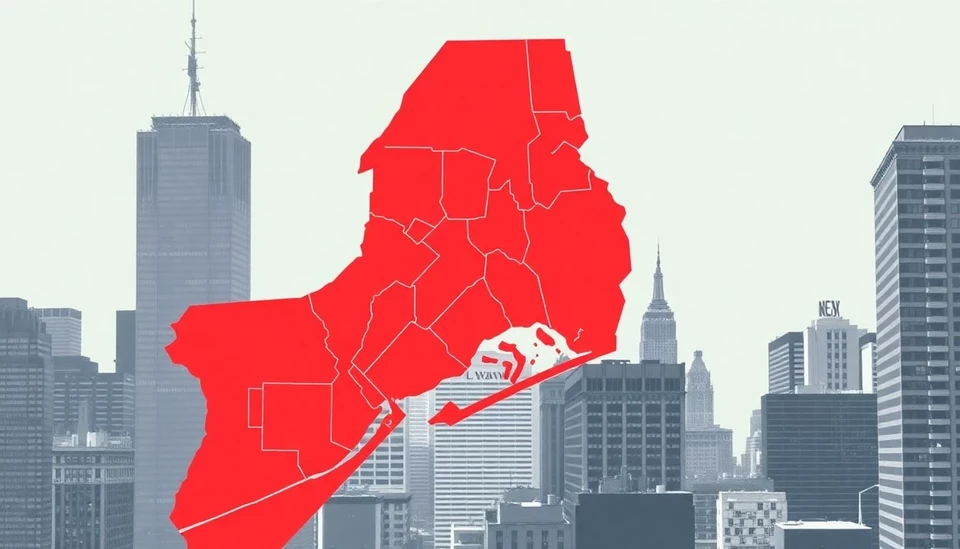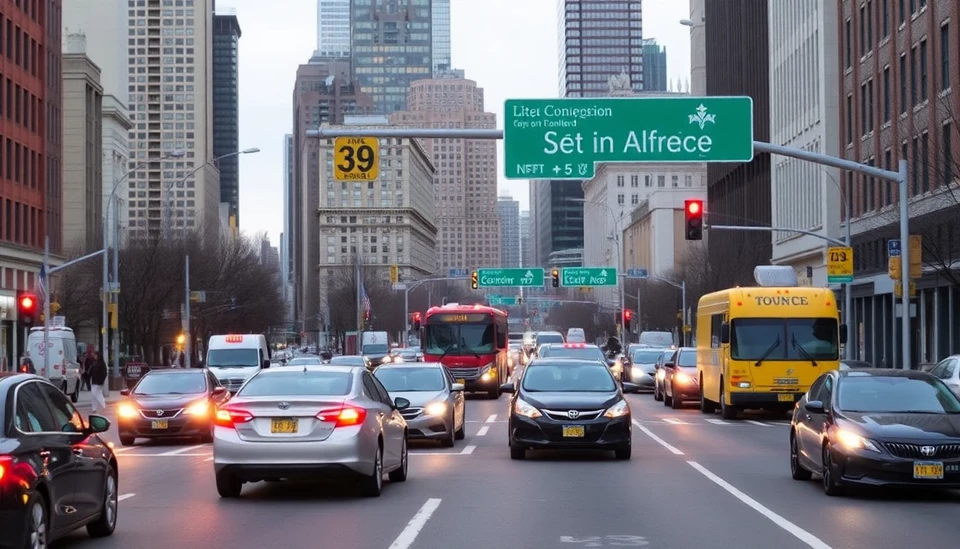
New York City, renowned for its bustling taxi service, is on the brink of a significant shift in fare structure, primarily due to a looming insurance crisis affecting the taxi industry. As demand for taxi services continues to rise, the financial burdens imposed by increased insurance costs are casting a long shadow over the future of one of the city's most iconic transportation modes.
Taxi fleets in the city are already grappling with soaring insurance premiums, a situation exacerbated by a series of recent claims and accidents. With the rates rising sharply, many fleet operators find themselves in a precarious position, leading to fears that they may be compelled to adjust fare prices in response to these mounting costs. As insurance providers look to mitigate their own financial risks, they have incrementally raised rates, compounding the problem for taxi drivers striving to maintain their livelihoods.
New York City regulators have historically intervened in fare pricing to protect consumers, but they face a growing challenge as the insurance landscape evolves. The current environment suggests a potential impasse where increased operational costs could either push drivers out of the market or force them to significantly hike fares. The implications for both riders and drivers are severe, leading stakeholders on all sides to demand urgent reforms.
A deeper dive into the issue reveals a troubling trend: the increasing difficulty for new drivers to obtain insurance, often resulting in exorbitant quotes that many cannot afford. As insurance companies implement stricter risk assessment practices and raise thresholds for coverage, the barrier to entry is raised, diminishing the pool of available drivers and potentially leading to service shortages in burgeoning areas of the city.
Additionally, these insurance problems are not only detrimental to current taxi operations but also have broader ramifications for the ride-sharing industry that has flourished in recent years. As taxi services adjust their pricing to confront these rising costs, ride-hailing apps may either provide an alternative or be forced to bump their prices as well, leading to city-wide fare inflation.
In light of this crisis, city officials are being urged to take proactive steps to recalibrate insurance regulations and create a fair pricing framework that balances the needs of coverage with the realities faced by individual drivers and fleet operators. Reforming insurance practices could alleviate some of the financial strain being placed on taxicab services and preserve the availability of this public transit option in one of the largest metropolitan areas in the world.
The potential for a fare hike is not just an abstract concern; it presents tangible consequences for New Yorkers who rely on taxis for their daily commute. Increased fares could disproportionately impact low-income residents, forcing them to seek alternative means of transportation, potentially straining other public transit systems in the process.
The challenges in the insurance realm have sparked a conversation about the future of taxi services in New York City, leading to calls for transparency, better regulation, and appeals for assistance from the city government. With conversations ongoing, all eyes will be on the city's decision-makers as they navigate this complex landscape to keep the yellow cabs on the road without jeopardizing taxi service accessibility for residents and visitors alike.
As we step into the New Year, the taxi industry's uncertain future serves as a stark reminder of the interconnected nature of urban transport, regulation, and personal livelihoods, emphasizing the need for sustained dialogue among insurers, regulators, and drivers to forge a path forward.
#NewYorkCity #TaxiIndustry #InsuranceCrisis #FareHike #TransportationNews #UrbanMobility #RideSharing #TaxiProblems
Author: John Harris




